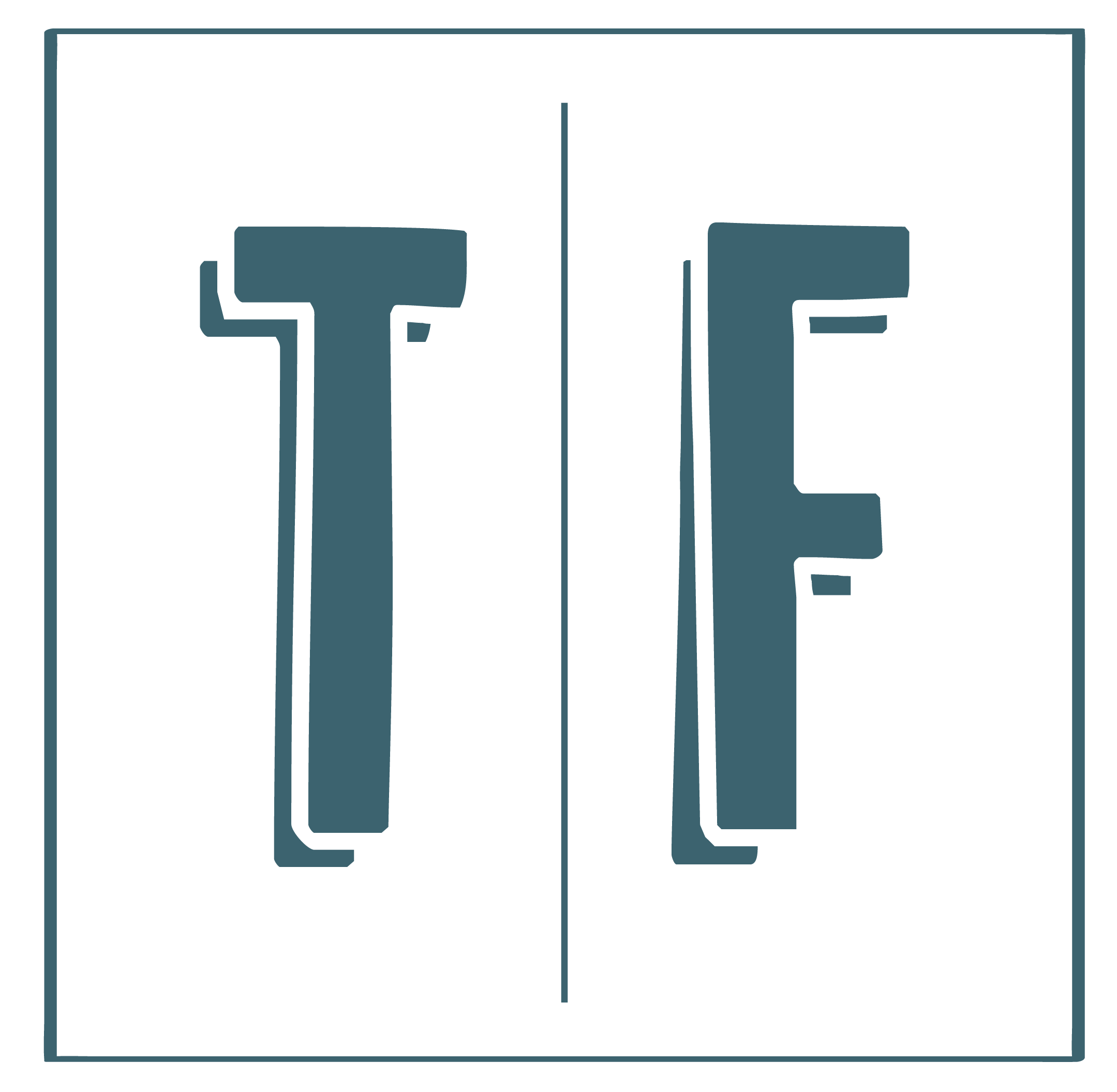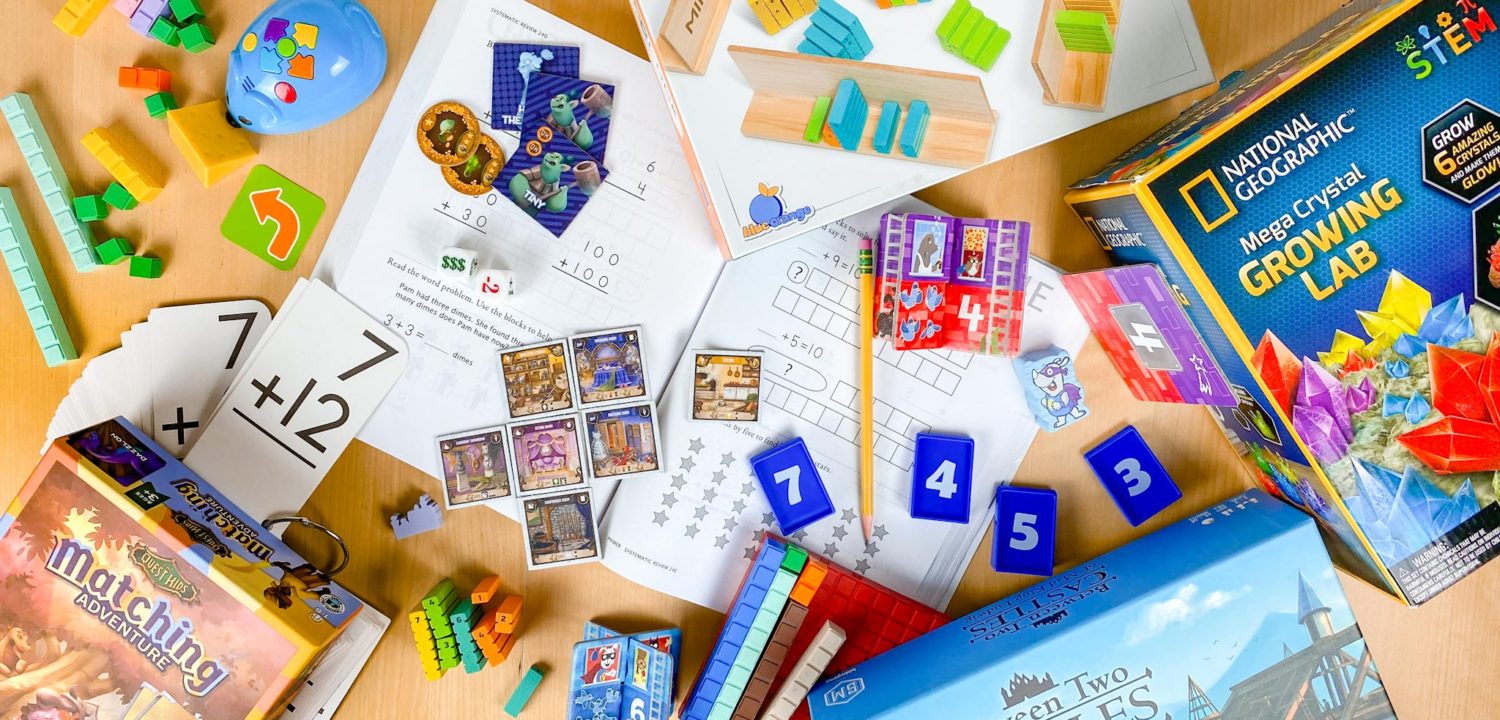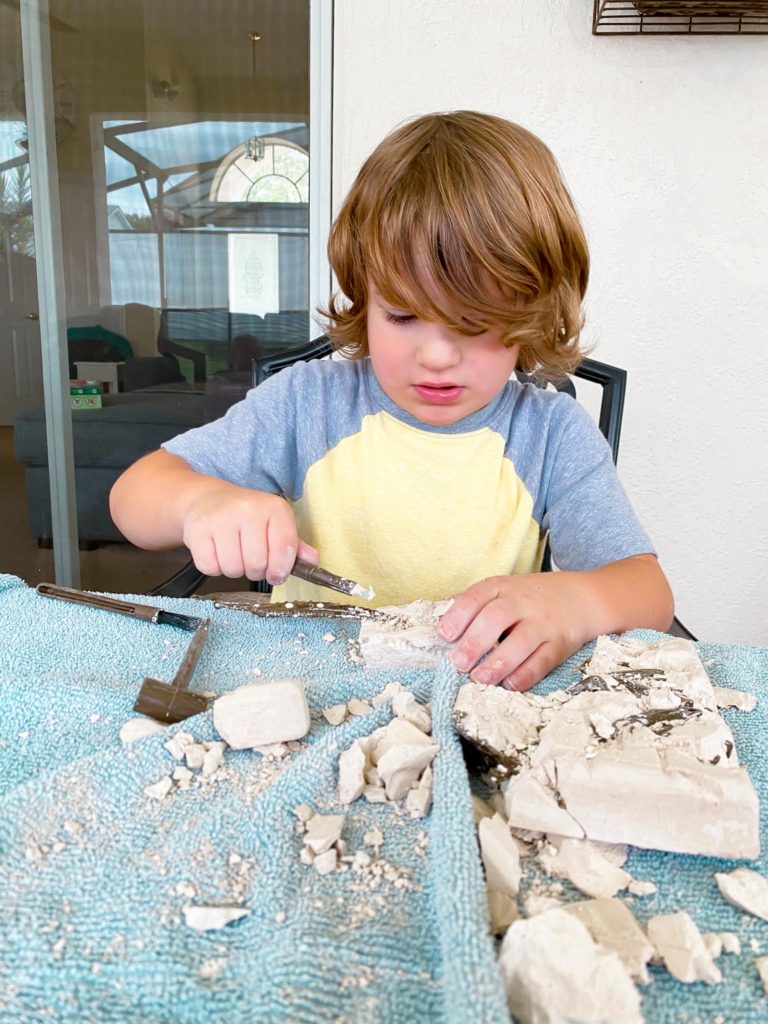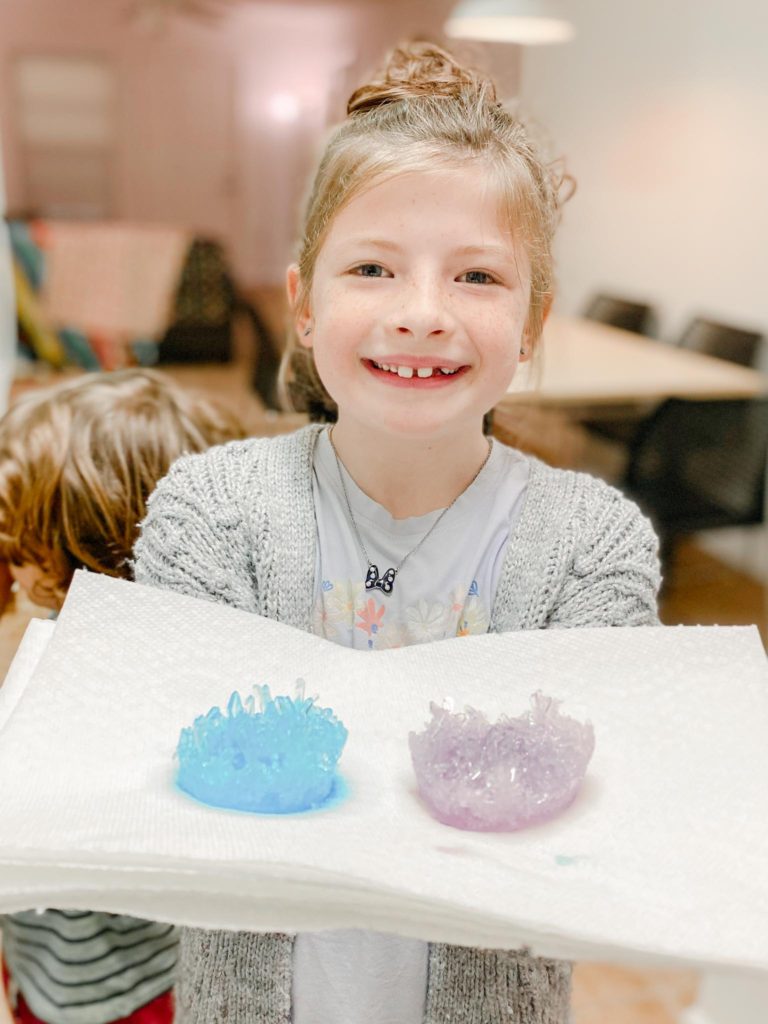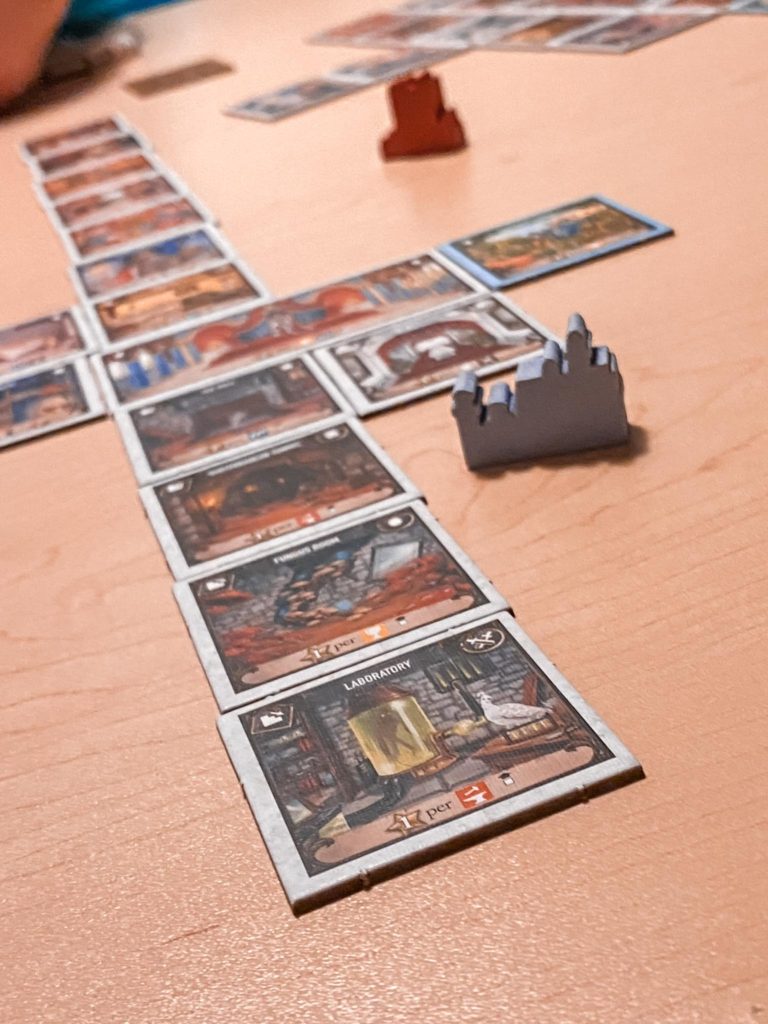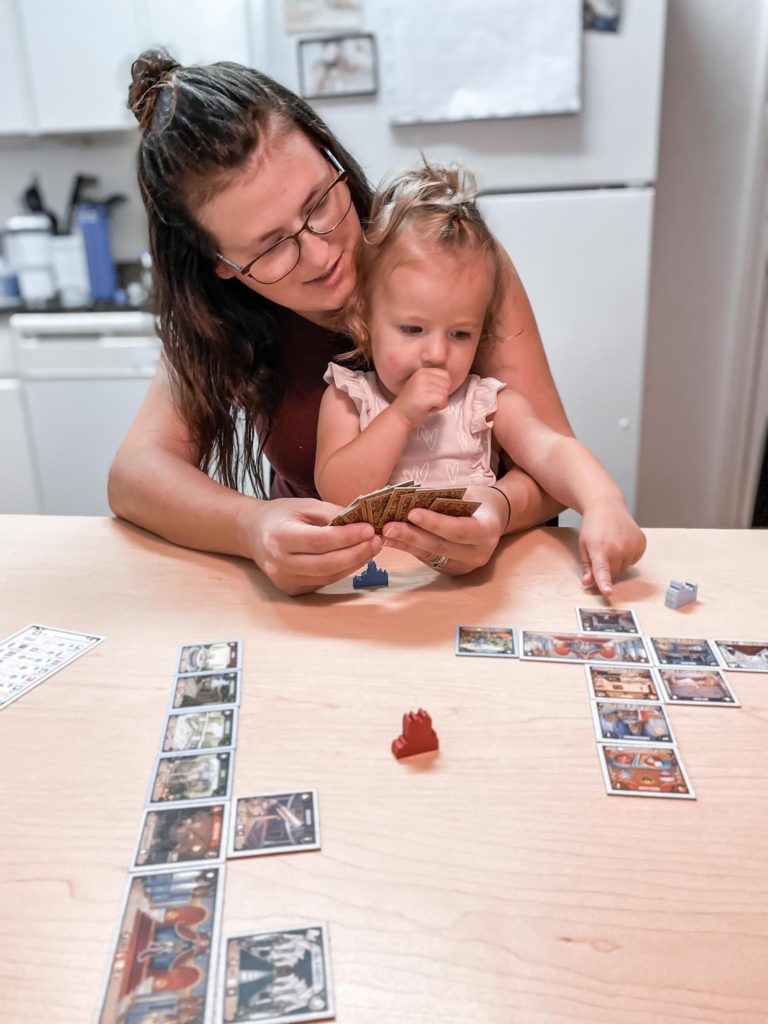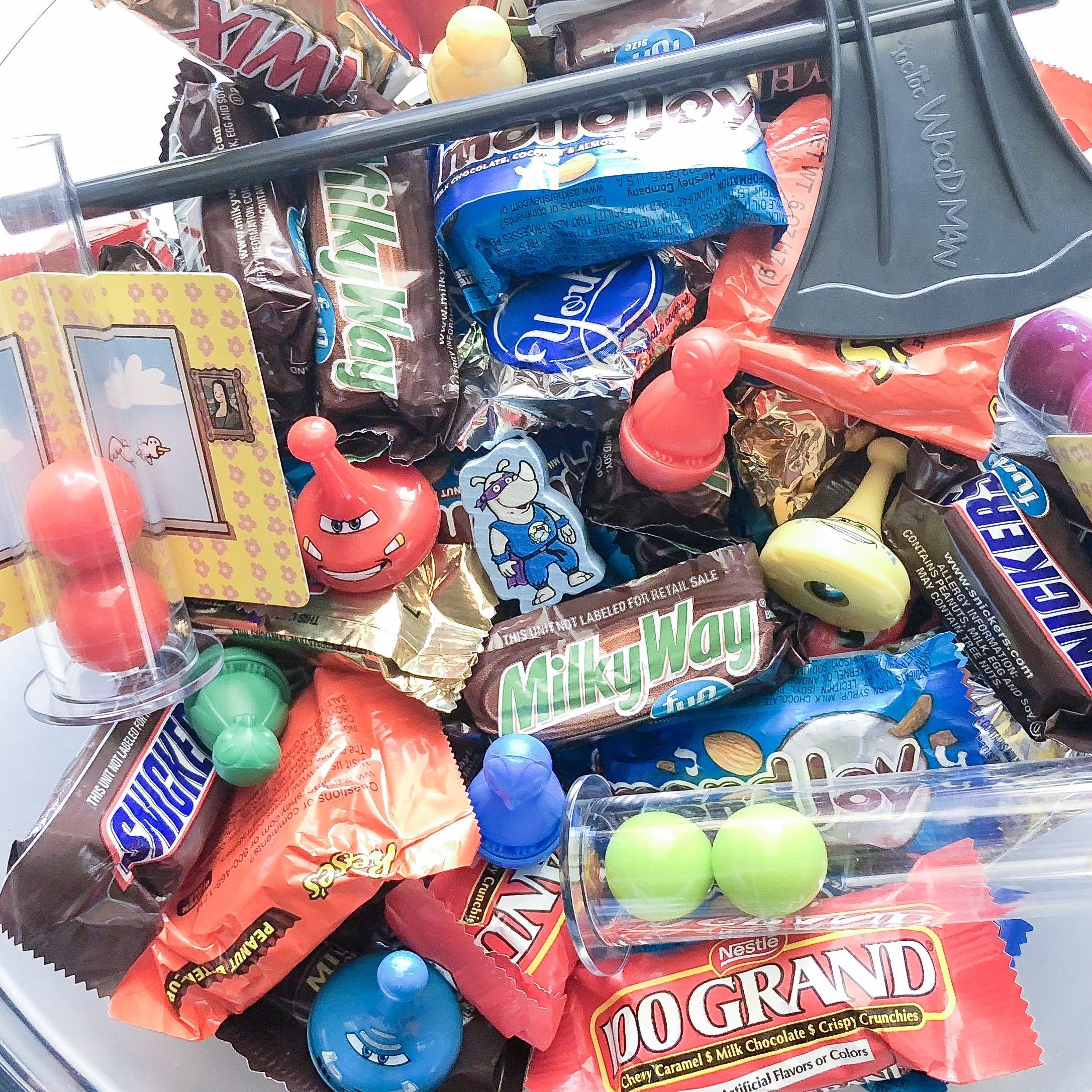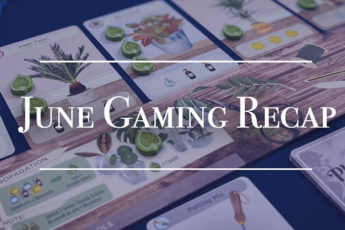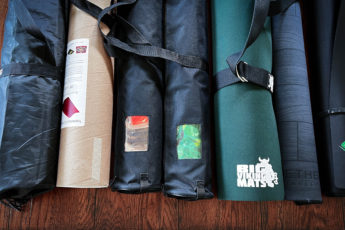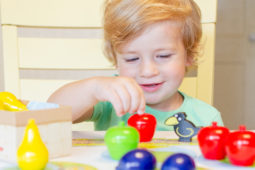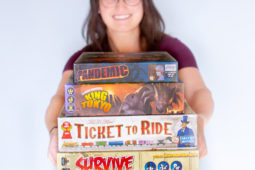Educational Games for Summer Break 2021
Just because it’s summer break doesn’t mean education needs to take a break!
Today I’m sharing with you some of my top games and activities that provide an educational component. If you’re a parent looking for something fun for your kids to do on those hot days, these games can provide your kids (or yourself!) with a fun and educational activity!
For the first installment in this series, click here!
Rhino Hero Jr.
Rhino Hero Jr is perfect to practice numbers, colors, and sequencing! These are concepts that can be tricky for toddlers and preschoolers to master, but they’re so important! Rhino Hero Jr combines them all in a fun game you can play multiple ways based on your child’s age and development!
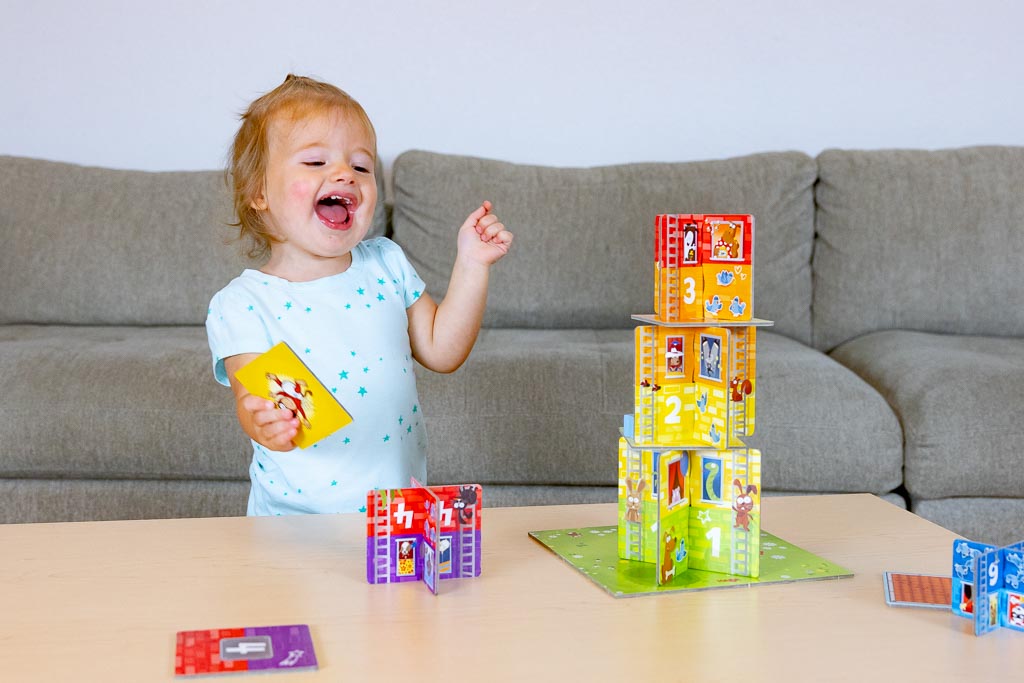
Quest Kids Matching Adventure
You can’t go wrong with a great matching game! I love this style to help kids develop their working memory skills which will help them hold onto information in the heads longer, aiding all of the future educational endeavors.
Quest Kids Matching Adventure is a great choice for preschool kids ages 3 and up! I love how it has put a new spin on classic tile flip memory games by having kids think critically not only about what to look for but where as well!
On top of that, I love that its not always the player who found the most matches that wins the game. If you can use your special powers, you can maximize the matches you do find to earn more points – leveling the playing field!
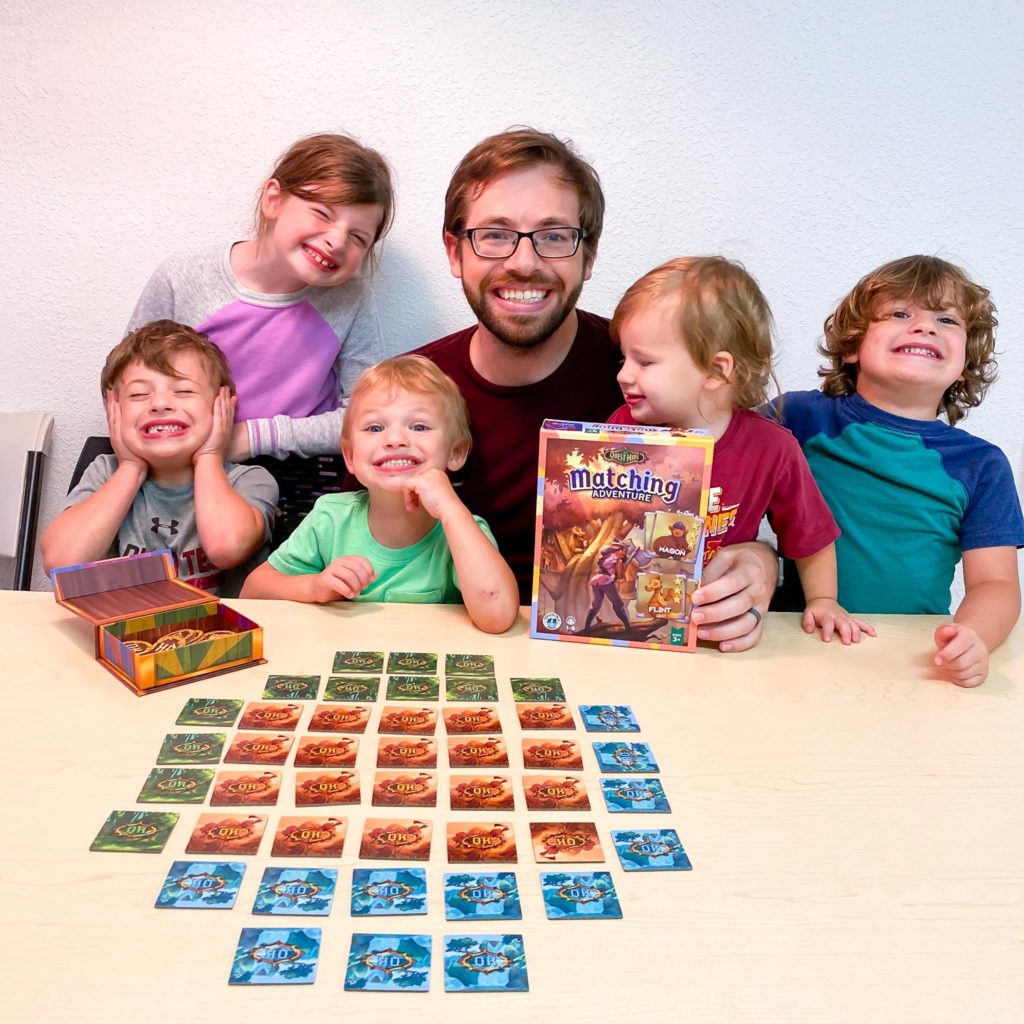
Code and Go Mouse from Learning Resources
One of our all time favorites! I’m always amazed at how well this game holds my kids’ attentions. I love the Code and Go Mouse because it is very clearly a game, though it feels like a fun toy. Kids learn the fundamentals of coding as they build and solve puzzles using the modular maze pieces and challenge cards. Work through the pre-designed mazes or design your own!
Not only will your child begin to learn coding, but their critical thinking and problem solving skills will also be challenged. The trial and error will help build perseverance as kids work through, evaluate, and make adjustments to their code. The sequencing cards are a favorite of mine because it helps kids visualize their code, enter it into the system (mouse,) then watch it play out before them.
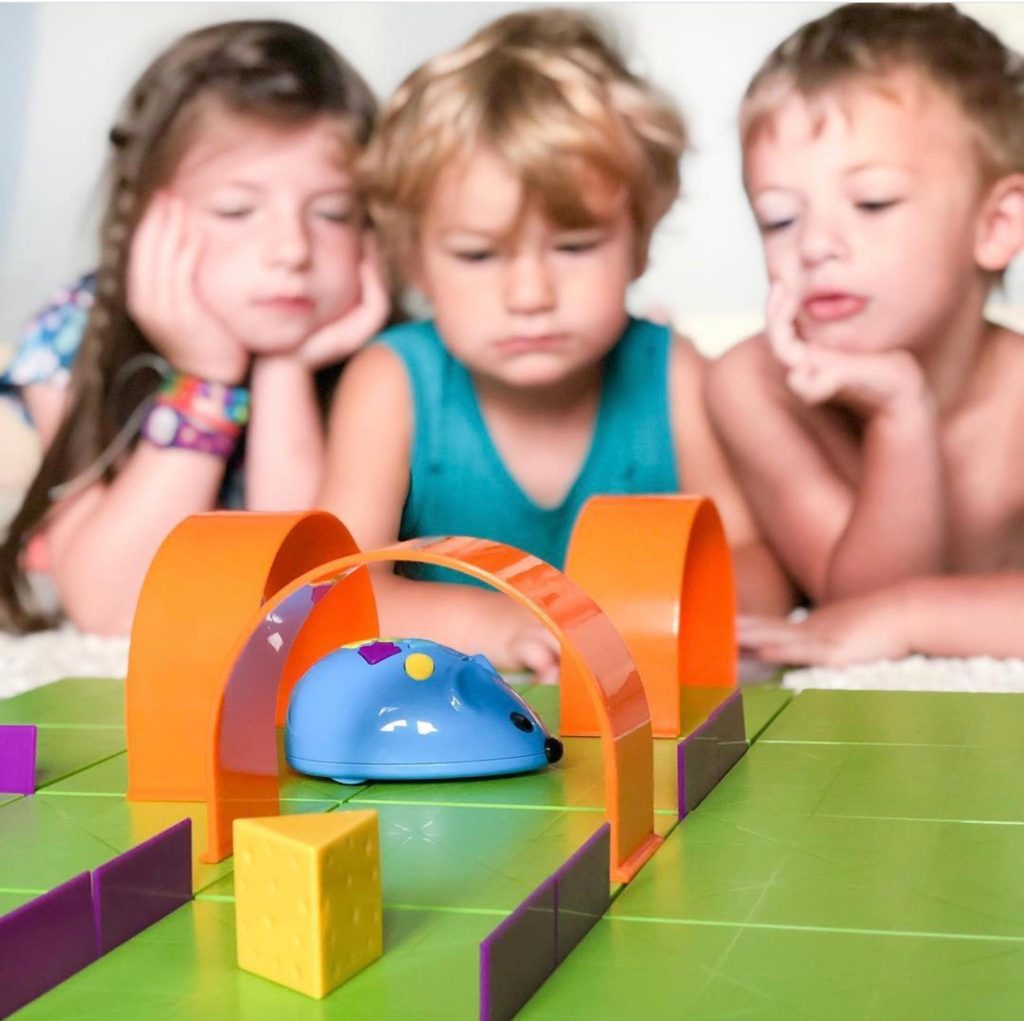
MindBlock
This is a straight math sequencing game and I absolutely love that it’s hands on! MindBlock is a new take on Rummy where players will try to eliminate their hand by making runs and sets of blocks. These blocks will require players to rearrange them using addition, subtracting, division and multiplication. If you have a child that thrives by seeing math implemented visually, this is the game for them!
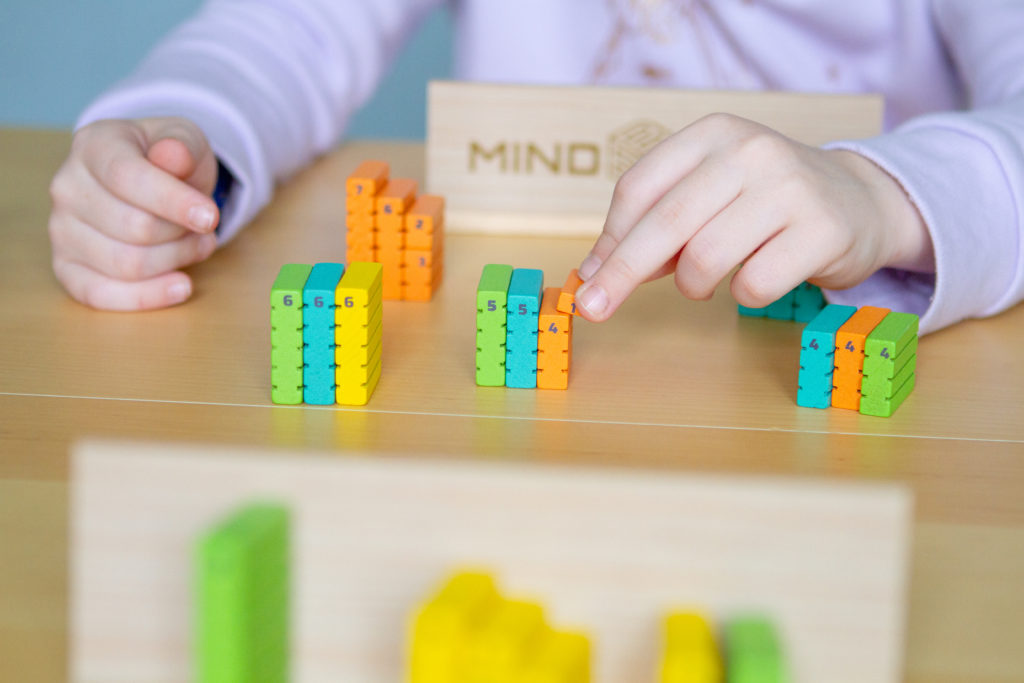
Figure It!
This simple game is a quick deduction exercise that works well for kids ages 6 and up. Everyone has a set of numbers in front of them facing out towards the group and away from themselves. You can only view the numbers in front of everyone else. You’ll try to deduce which numbers are in front of you by looking at what numbers you can see, knowing that there are only a specific quantity of each number in the game.
Figure It plays fast and is easy enough that kids can play on their own, too!
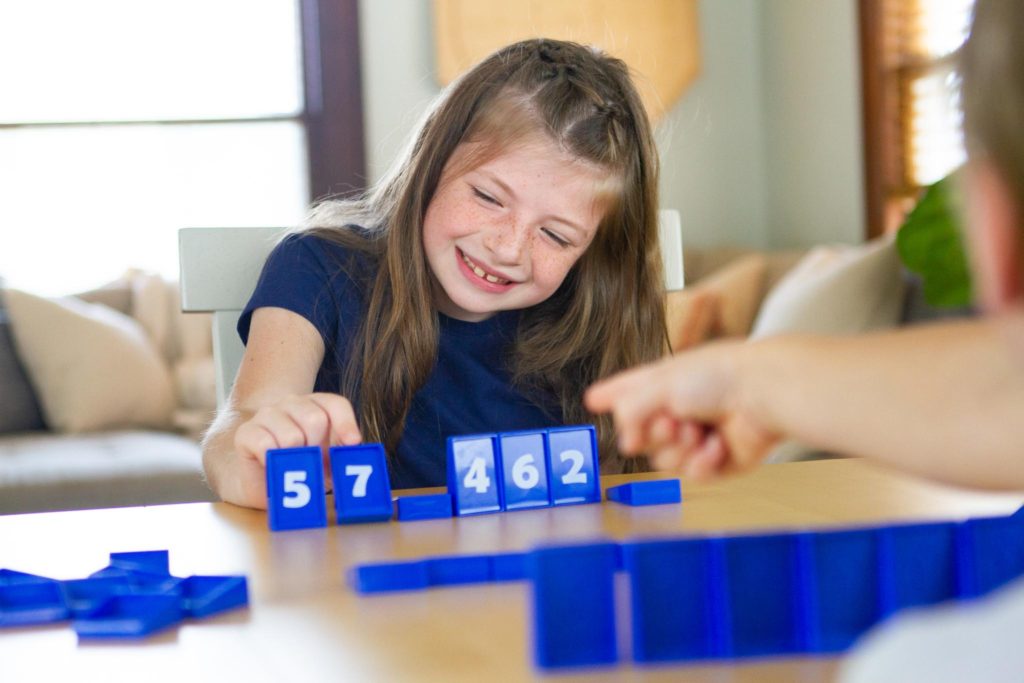
Crystal Growing Lab
While not a game, I absolutely love these science kits from national geographic and want to share them with you! These make excellent science activities for kids young and old alike!
The Crystal Growing lab is perfect for tweens and teens. Not only will they learn all about how crystals are formed, but they’ll work like real scientists and make notes about their observations as they watch their crystals grow over the course of several days.
My favorite part is this kit gives them enough material to make 6 crystals, but only 2 at a time. This meant that our daughter could make two, record her observations, see the results, and then make adjustments for the next batch. Working through that scientific process!
Pair this with a couple library books on crystals and you are set for a couple weeks of science fun!
Other science kits we’ve loved:
Between Two Castles of Mad King Ludwig
In our last post on educational games to play during summer, The Castles of Mad King Ludwig made the list. This year, we’re including Between Two Castles of Mad King Ludwig! This is a game that combines the themes of CMKL with the mechanics of another game we love, Between Two Cities!
What I love about this game is not only will you be working on the ever shifting victory points tiles are worth depending on where you place them, but you’ll be doing it with two different castles at the same time, working in conjunction with the players on either side of you, placing you, effectively, between two castles. It is not only the perfect blending of two great games, but also of cooperative/competitive game play!
Simple in theory, this B2CMKL can be quite difficult as you will be planning out your castles’ futures based on the tiles you currently have and those you hope you’ll get again. Both of the castles you build will each earn their own final victory point total, with the winner of the game being the player who has the highest scoring lowest scoring castle.
For a simpler experience that works well for newer players ages 8+ we recommend starting with Between Two Cities.
Stockpile
DOGE Coin to the MOOOOON!
Though you may not be able to buy any meme currency, you’ll still have fun playing with the stock market in the economic board game Stockpile!
Here you’ll want to buy low and sell high – working on predicting markets, assessing values of stocks you’re holding, and how to manipulate the market with the small amount of insider information you have to impact your opponents holdings as well as yours.
I love how players are constantly doing the math in there heads. asking themselves, “Is now a good time to buy? Should I sell my stock in automobiles now? Or will it be a better investment to hold for one more round and hope the market continues to improve? Will this be worth the possible trading fees? How much should I diversify my portfolio?” If all that sounds difficult, fear not! Stockpile is one of the smoothest games to learn and teach!
On the surface, Stockpile looks like a bit of a guessing game. Yet you’ll soon discover that the best executed strategy will win the day. You have to be willing to take risks. Know when to get out quick lest you’re left holding a giant mountain of worthless stocks.
If you want to get a copy of Stockpile, check with your local game store as it can be hard to find online.
For a similar game with the same theme, we recommend checking out Exchange! (read our review here!)
World’s Fair 1893
While many board games like to center their theme around a historical event, few are able to implement it in a way that is educational. World’s Fair 1893 blends the historical events, people, and inventions of the World’s Fair of 1893 into what is an excellent game to boot! The cards are filled with flavor text that gives players a brief lesson on each item, invention, and influential figure, with even more information to be found in the rule book as well.
We learn something every time we play!
Full review (with ways to implement the educational components!) here.
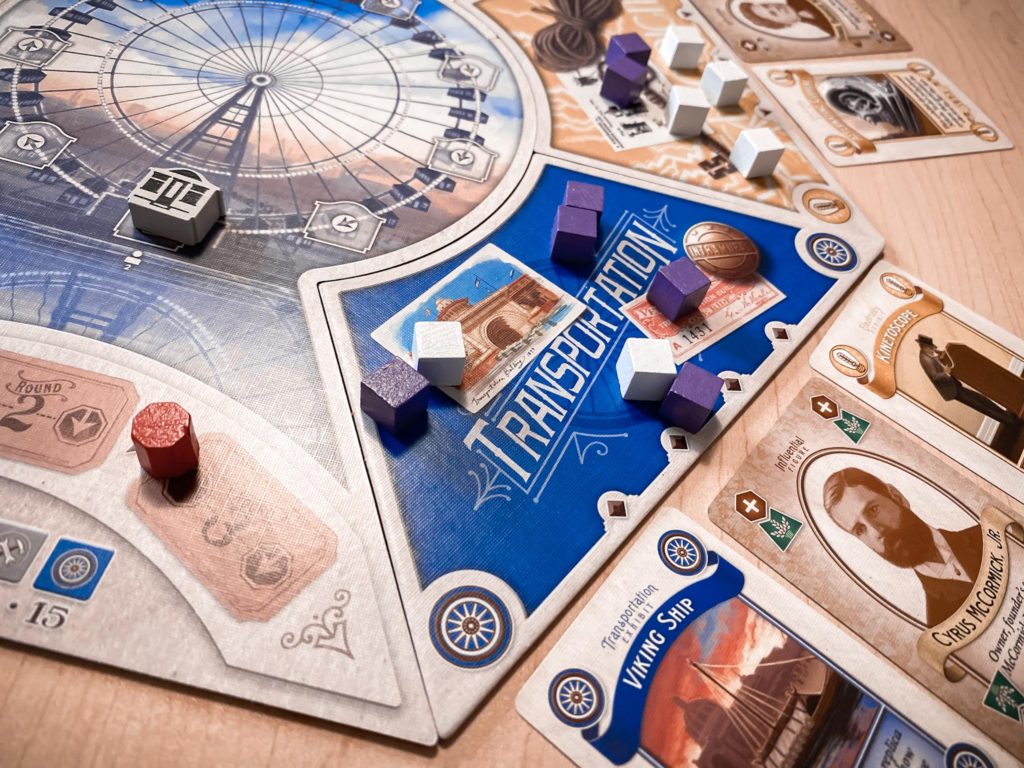
If you liked this post you may also like:
Great Yard Games to Play This Summer
